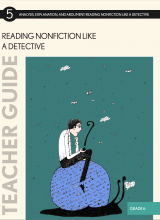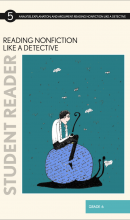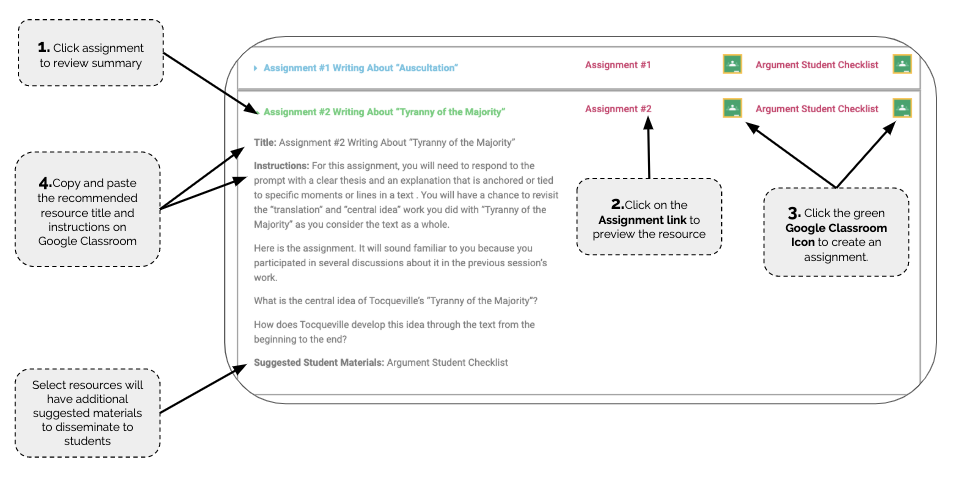Reading Nonfiction Like a Detective - Grade 6
In this text, students will use the “detective” metaphor to guide them through a set of experiments in reading nonfiction. The notion of reading like a detective is based on assumptions about people and texts that can be summarized in the following way:
Human beings are symbol-using animals. We are always indicating, meaning otherwise or in addition to.
Texts, including images, ads, film, and television, are things people make that other people can read. These texts have multiple “levels” and, therefore, can be read in multiple ways.
The metaphor, as it is used in the unit, suggests that the habits and behaviors a detective employs to solve a crime—for example, asking questions, building (and rebuilding) theories based on evidence, doubting, mistrusting appearances—can also be usefully employed by readers of texts to see “below the surface” meanings.


Table of Contents
Text Audio
Writing Tasks
Title: S-8: Reading Kozol Like a Detective
Session 8
Title: S-12: Comprehension Task Retelling Schlosser
Session 12
Title: S-13: Reading Schlosser Like a Detective
Session 13
Title: S-16: Reading Like a Detective A Final Assignment
Session 16
Charts for Discussion
Title: S-2: When We Read Like a Detective, We. . .
Session 2
Title: S-5: Reading Ads Below the Surface
Session 5
Title: S-7: Important or Confusing Moments in “Amazing Grace”
Session 7
Forms and Graphic Organizers
Title: S-5: Criteria for a Good Discussion
Session 5
